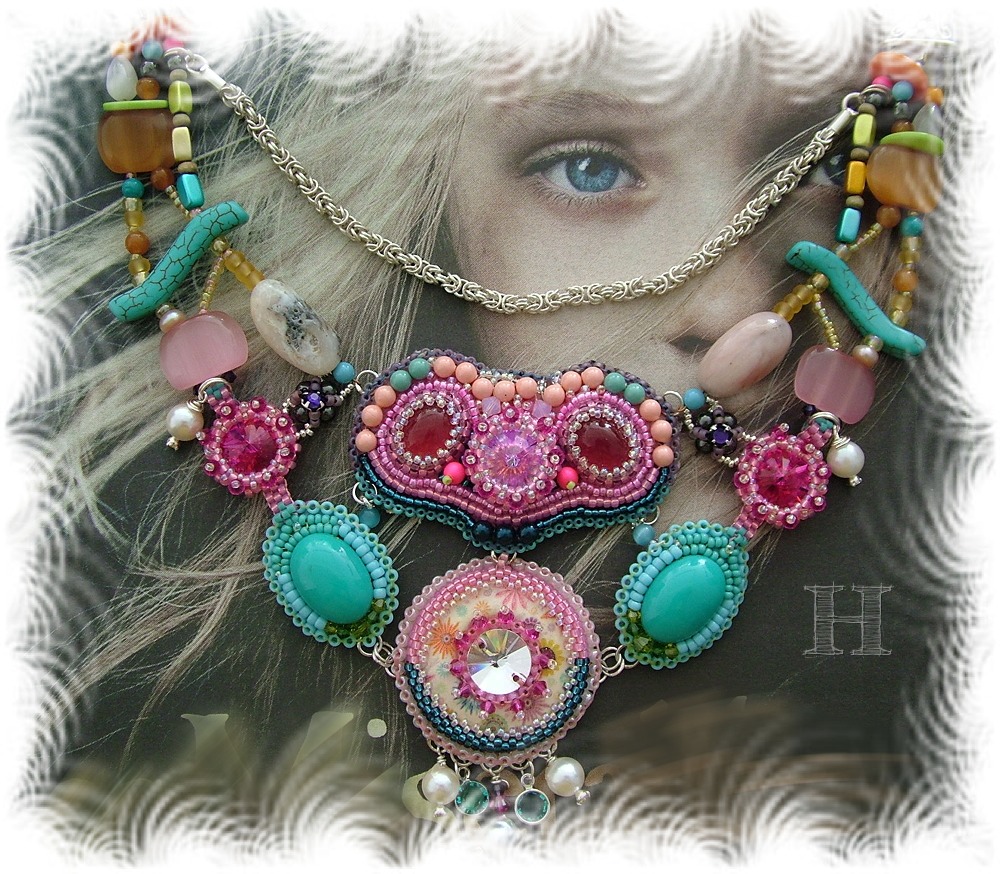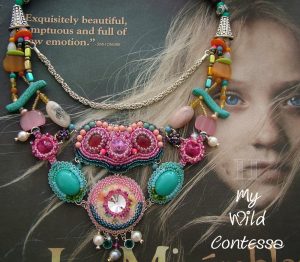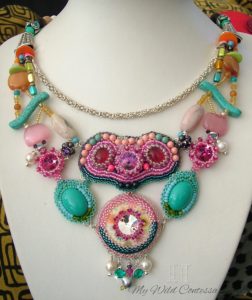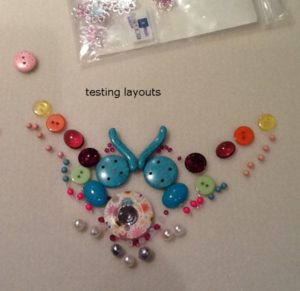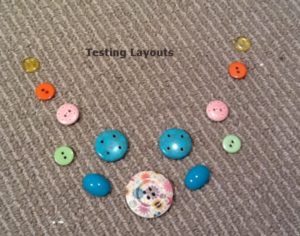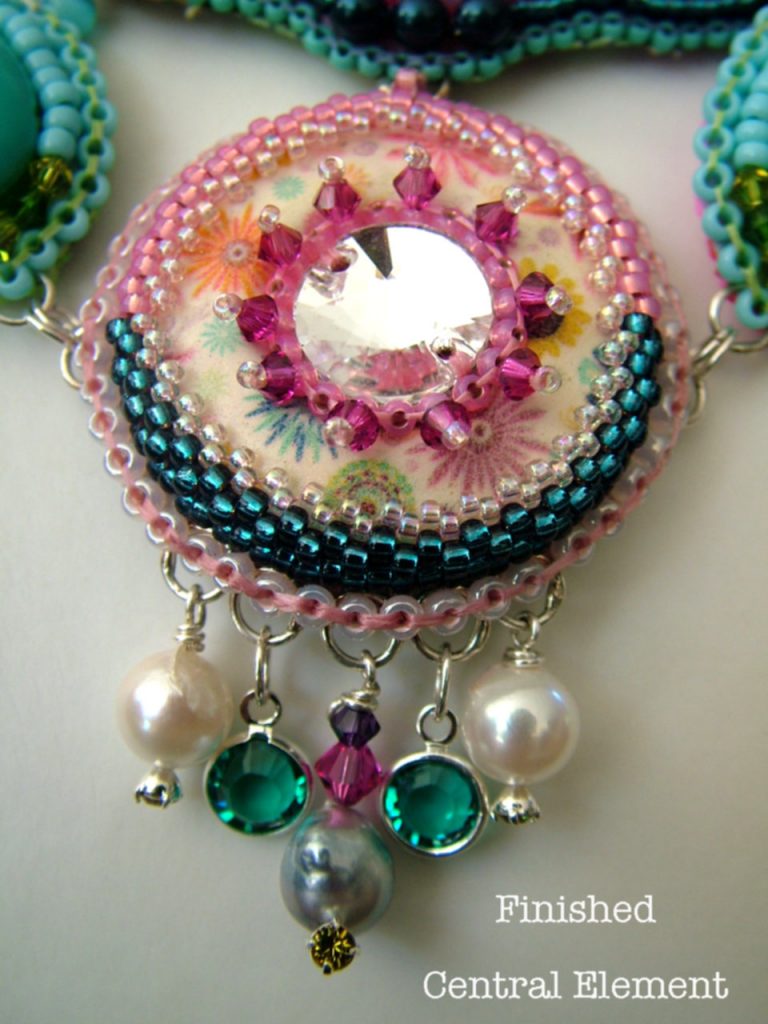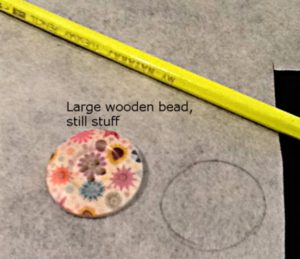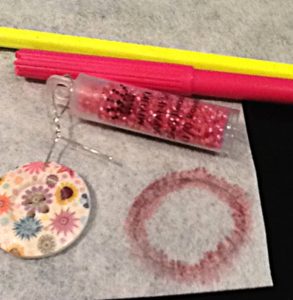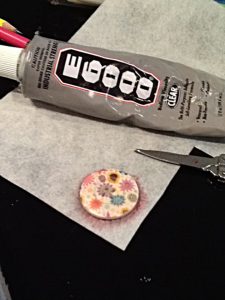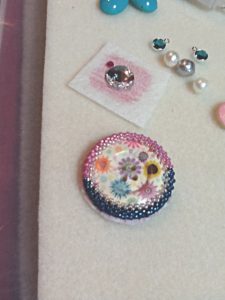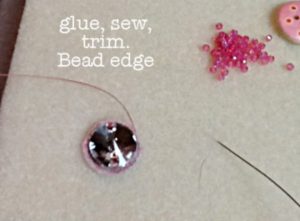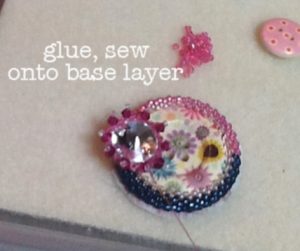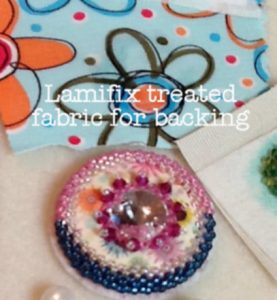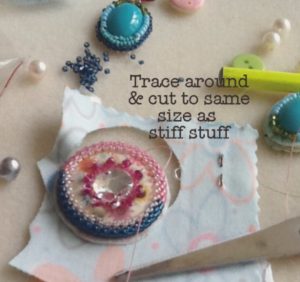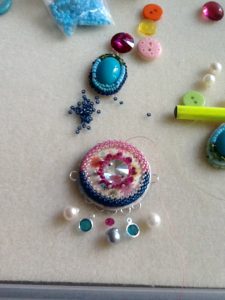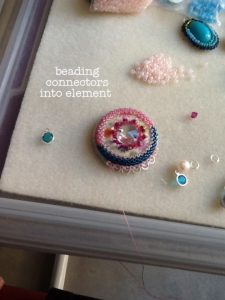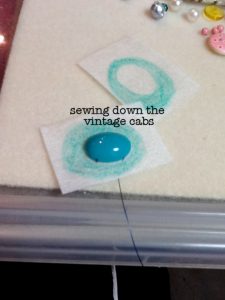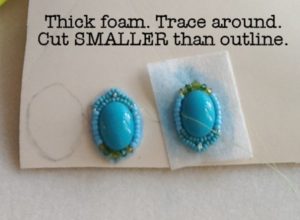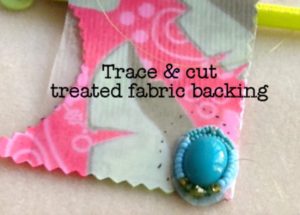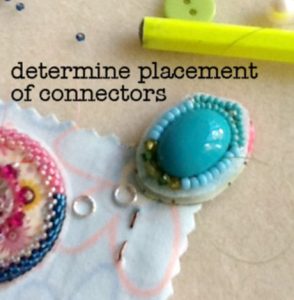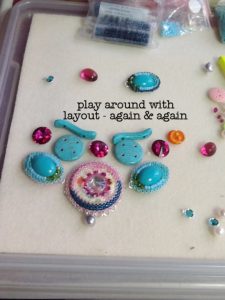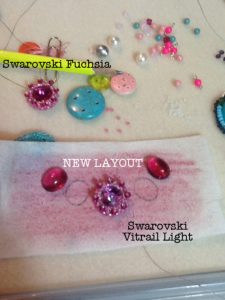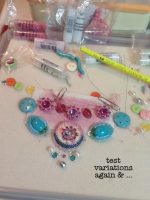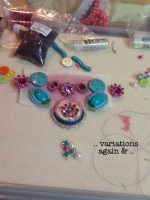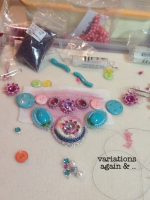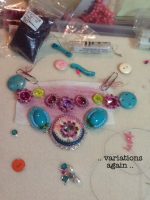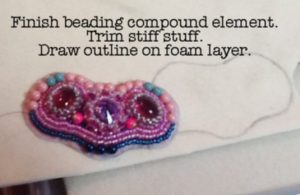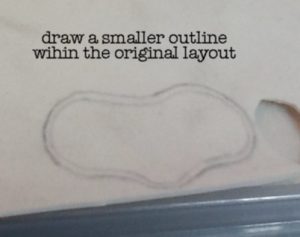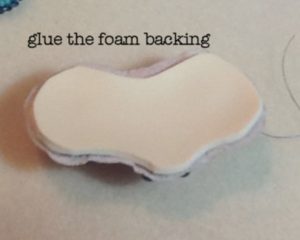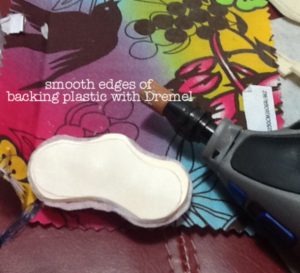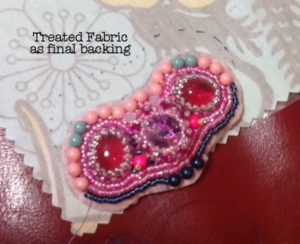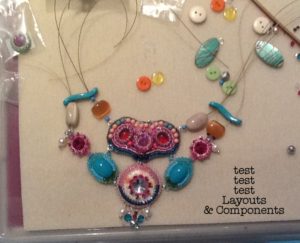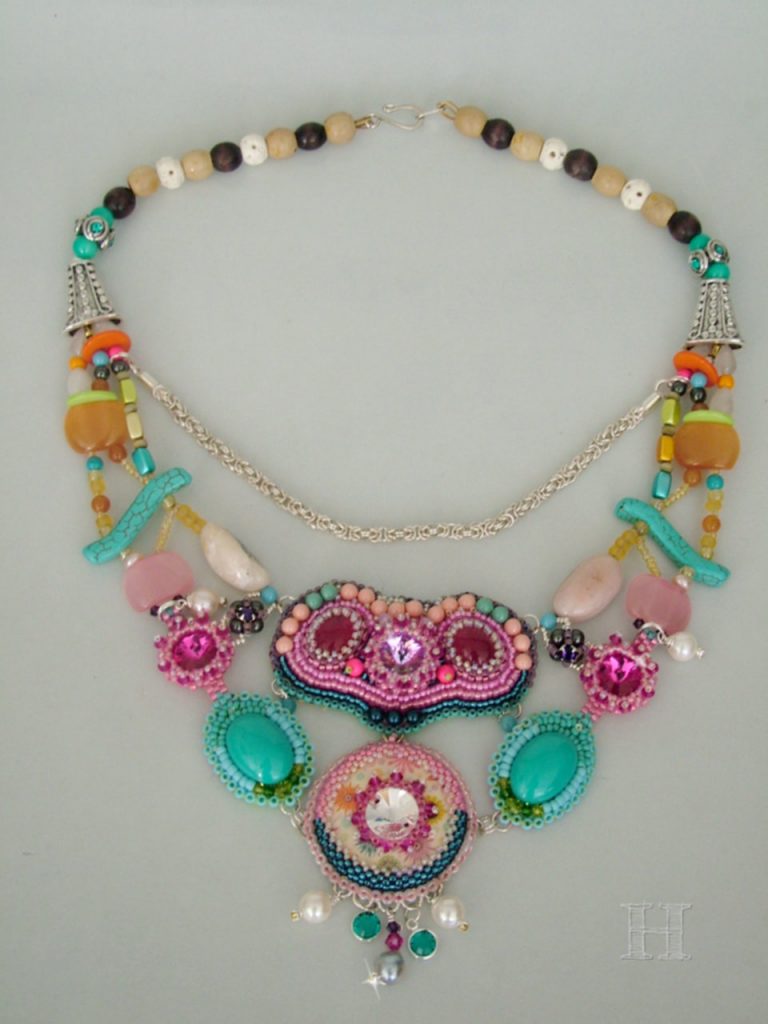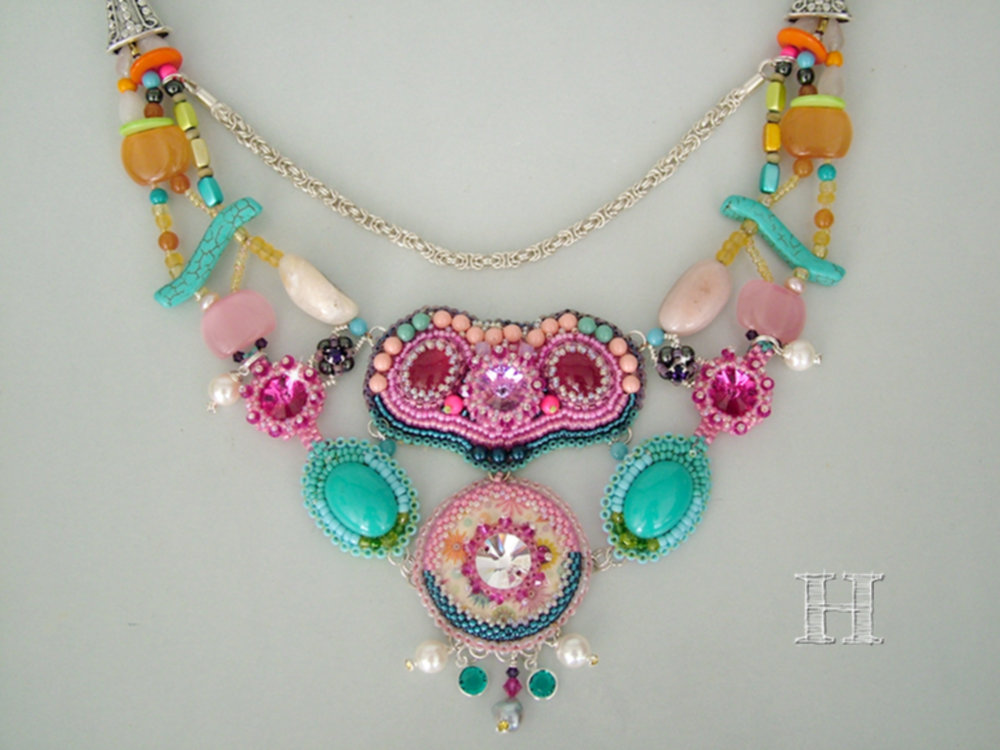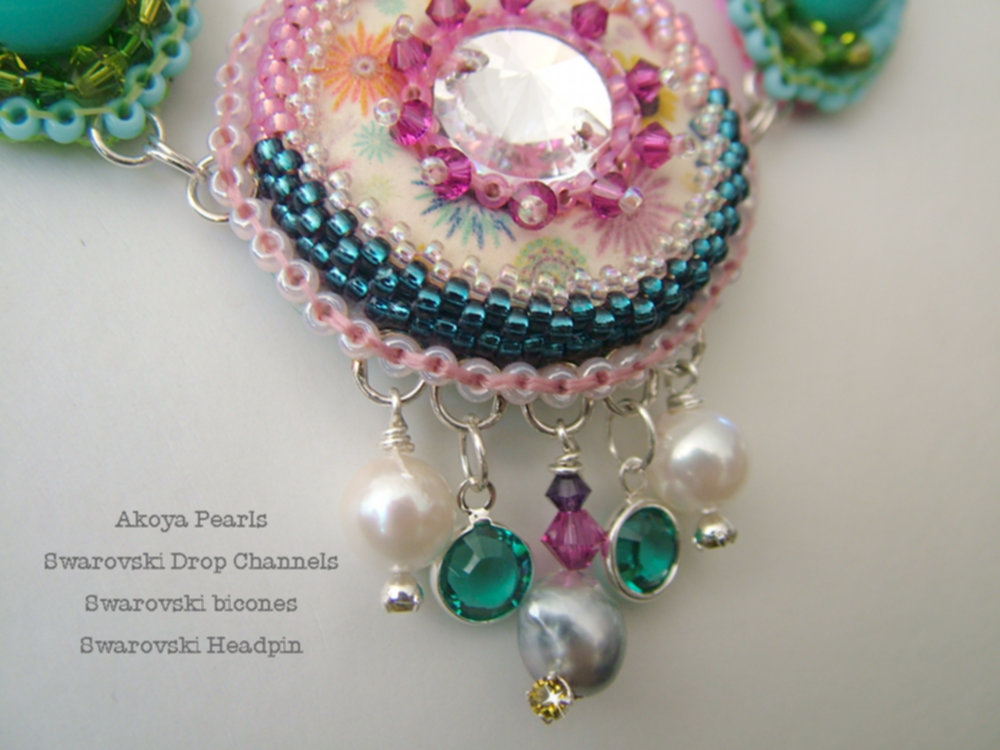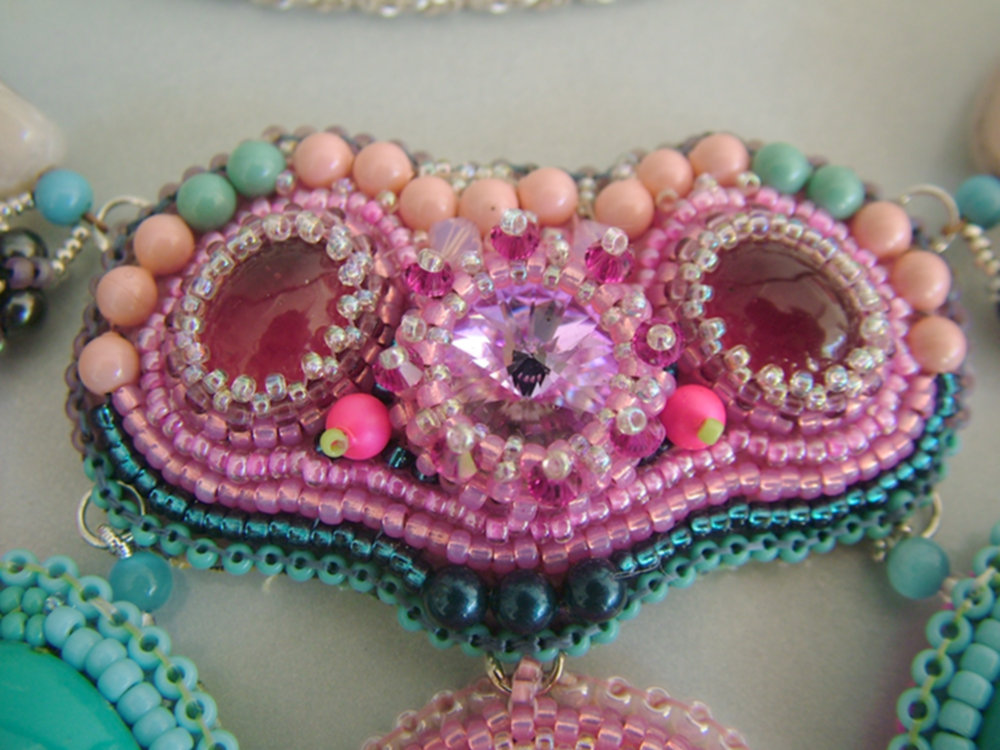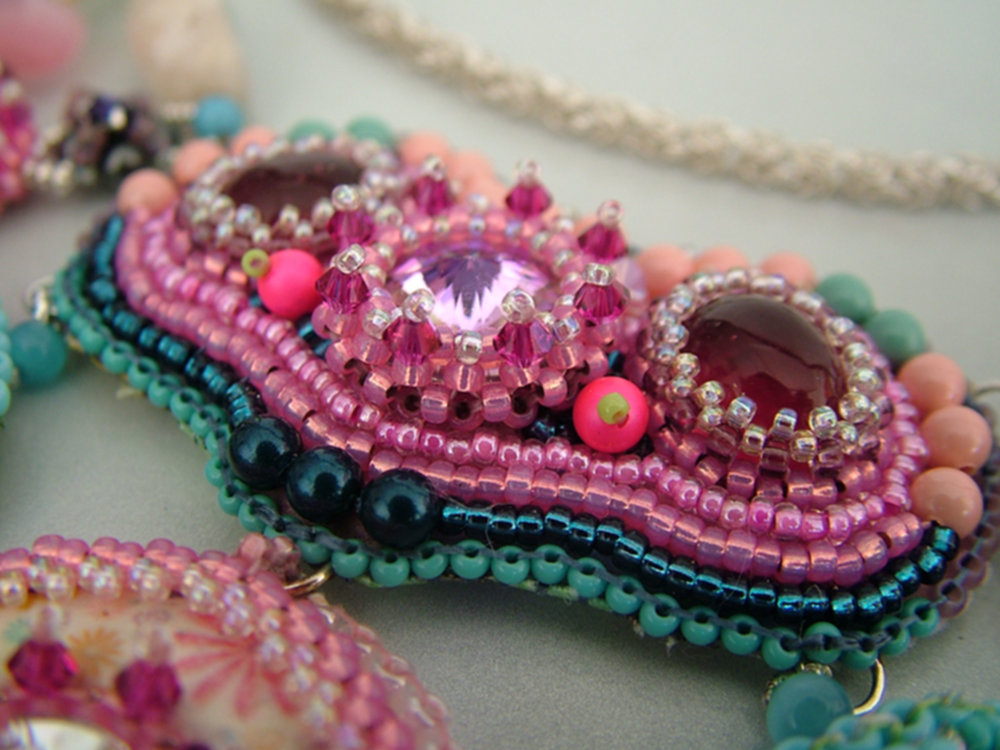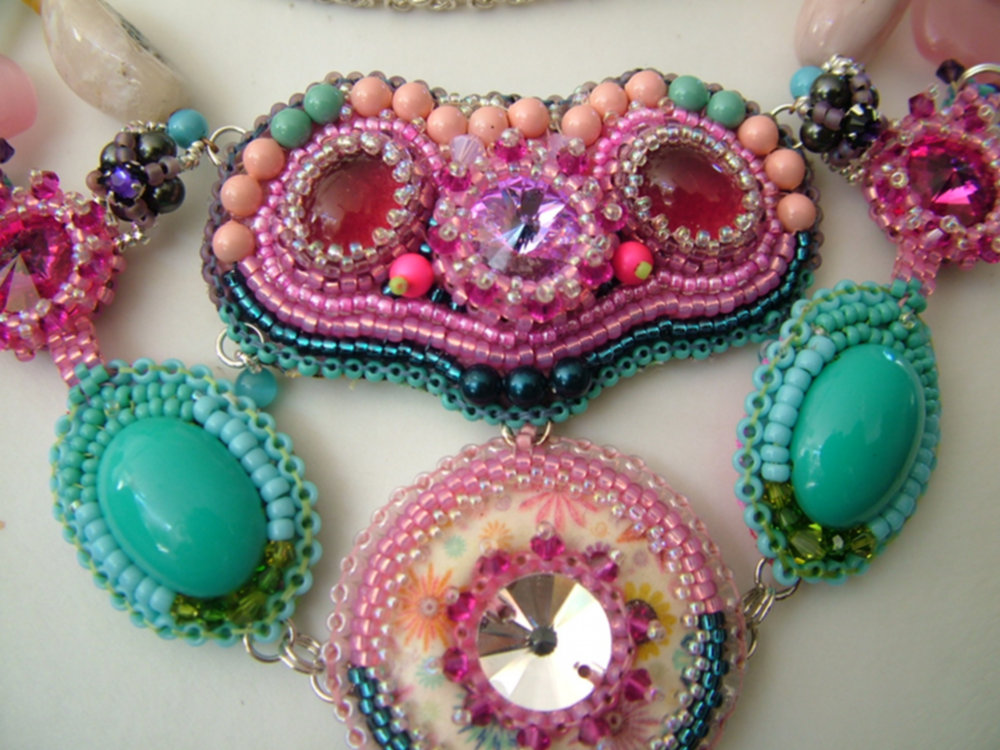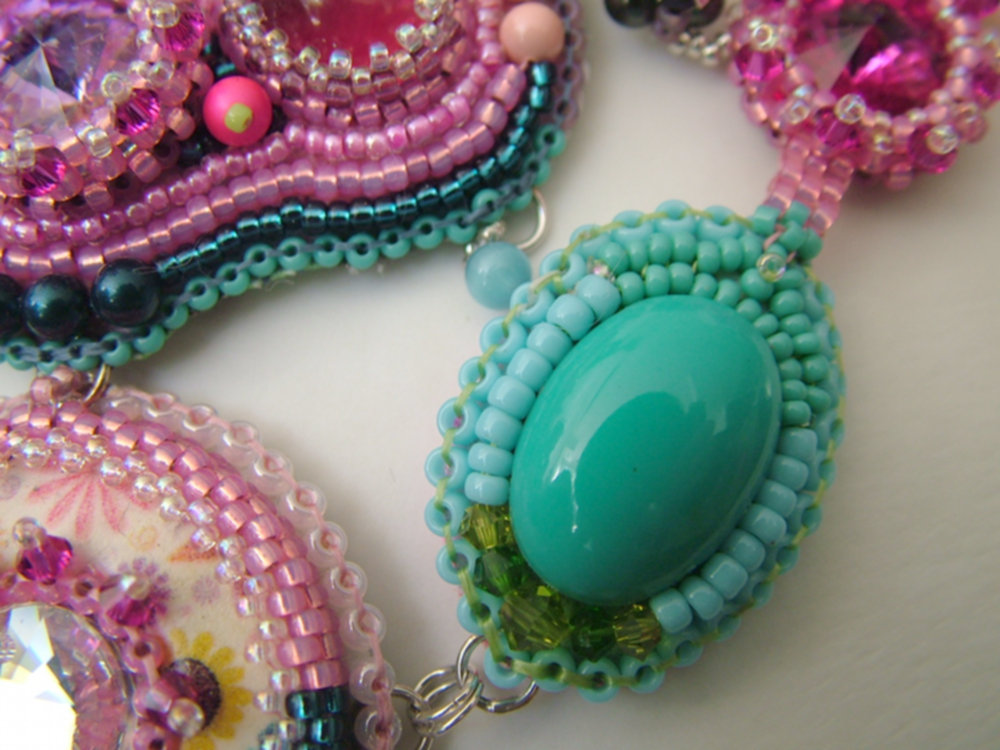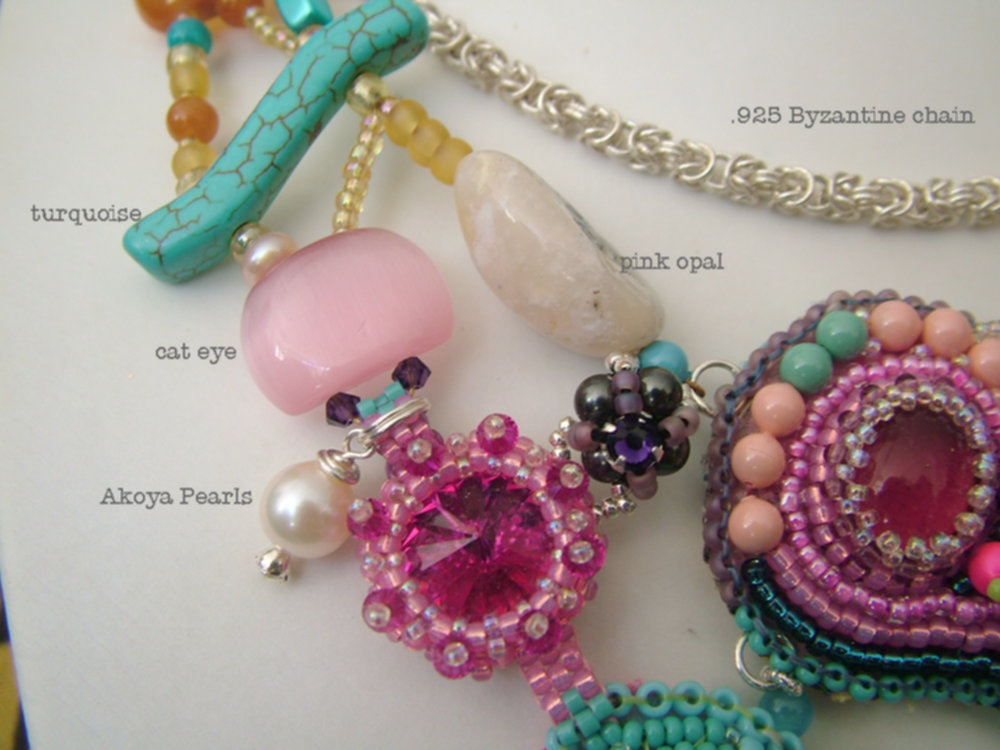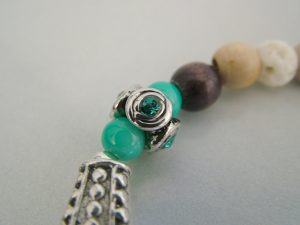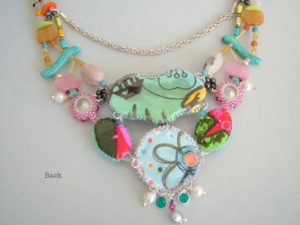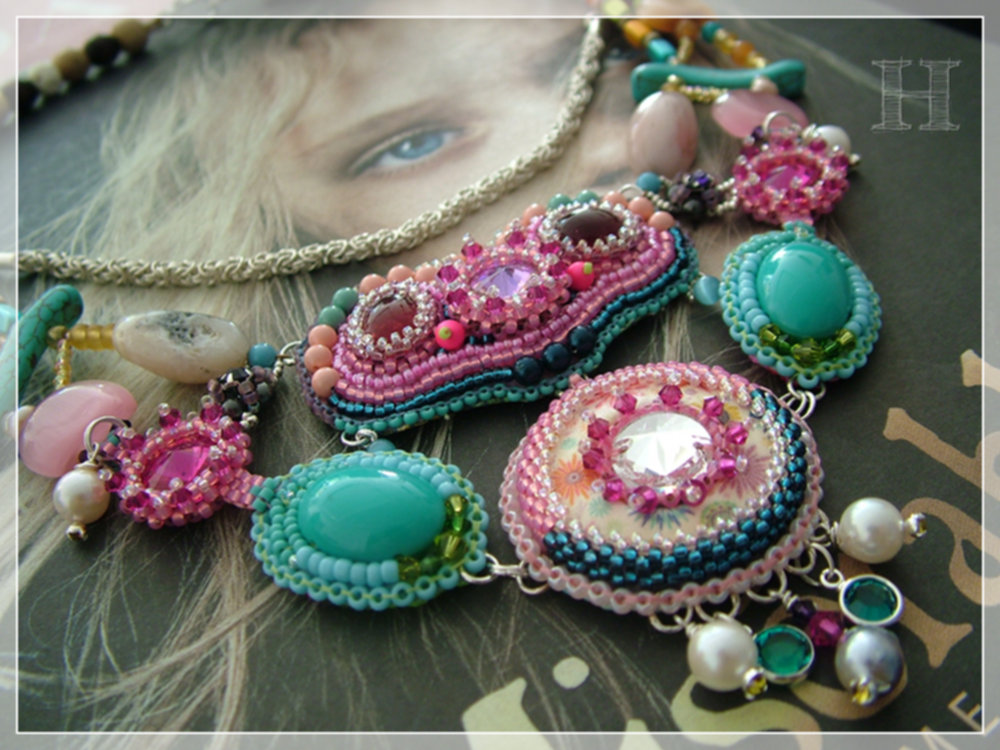Wild Contessa is the name of this mix media necklace. Because it is kinna wild! Fit for a wild contessa!
A detailed pictorial and explanation of the process follows.
This full featured piece of distinctive mix media jewelry brings together the glamour of solid sterling silver and the enviable glory of many of Swarovski’s crystal components. It marries recycled materials and a variety of gemstones in different sizes and shapes. It glories in the joyous boldness of colors, the vintage and common place elements – reflective of the pursuit of our own distinctive individuality and fire.
- My Wild Contessa – mix media necklace – CH0308 (Sold)
Materials:
- Swarovski (Rivoli Button, Drop Channels, Headpins, Rivoli Stone, Gemcolor Pearls, XILION beads, Rose Montees,)
- Sterling Silver (chains, findings)
- Gemstones (Quartz, Pink Opal, Turquoise, Red Adventurine, Pink Quartz)
- Akoya Pearls
- Cateye beads
- Buttons (wooden, synthetic)
- Vintage Cabochons
- Wooden Beads (metallic finish, natural)
- Bone Beads – hand carved
- Treated Fabric Backing, BeadSmith FlexRite (49 strand), Miyuki Delicas and Japanese seed beads
Status: Sold (ad-js-450)
Wild Contessa necklace – DIY mix media
This was a very long process. I will give as much working construction details as possible. However in the later stages, as the morphing of the piece started to take on more and more a life of its own, I am afraid that the notes became briefer as I got caught up in the process.
Start with an Idea
This piece goes through much changing and morphing. That is the life of the piece. Nonetheless, it helps a lot of have some preliminary idea that is not just in the mind. It is useful to have something more concrete to refer to.
The purpose of a draft drawing or a draft layout is that it has in it a germ of motivation enough to push you to eagerly want to start ..
In this instance, I laid out the possible designs and variations as they evolved. This allowed me to refer to them as I progressed. Note that the initial layouts as per below were only meant as a guide (and impetus to start) rather than what the final outcome might look like.
As you can see, the beginnings may not always be so pretty!
Central Focal Element of the Jewellery
The central focal element would be the logical place to start. Remember to stay relaxed and let the piece “decide” what the next elements will be. As each element gets completed, they may affect your initial ideas.
Of course I didn’t have a final fully detailed image in mind when I started. But as you read along, I hope will you get an idea of how a piece will decide its own final outcome.
For the central focal element, I used a large wooden button. This was to have a beaded bezel so I prepared the base with stiff beading foundation (similar to Lacy’s Stiff Stuff).
Draw the outline.
On the beading foundation stiffener, color around the outline in the main color of the bead that will be used for the bead bezel. Remember to color beyond the outline (where the final row around the bezel will be made).
The reason I color this in is because it will provide a better blend for the beading – eliminating the unsightly whites that sometimes show through no matter how carefully you bead or how small the beads you use.
Then glue the button onto the prepared bead foundation stiffener. From hereonin, I will just call the bead foundation stiffener as stiff stuff for convenience.
Note that what I am doing with the button here is normally what you would do when preparing to bead bezel around a cabochon.
Leave this aside for a little while to allow the glue to dry.
Tip: do not glue right to the edge of the button (or cabochon, as the case may be). You do not want your beading needle to get all tacky when you bead bezeling.
Personal Recommendation: KO beading thread is the best beading thread in my opinion. After trying a raft of others from no name brands, to Nymo and others that I cannot now remember, I can honestly say that none behave as well as the KO beading thread. It is strong, has lovely colors, can be pulled in and out or unpicked numerous times without fraying. And best of all, unlike the Nymo beading thread, this one does not twist. Twisting thread makes beading a chore rather than a joy.
Another Recommendation: Since recommending the above, I have also discovered Nymo threads in CONES (thanks to Kate McKinnon at Contemporary Geometric Beadwork). They are nothing like the spooled Nymo thread (which I hate and find useless). Nymo threads on cones are 1,000 times better than those sold in spools. And they will last you for such a deliciously long time!
Note that while I have trimmed the stiff stuff after completing the bead bezel, I left an edge. This will be needed for the final row which also will join the appropriate backing to the element.
DO NOT DO THE FINAL EDGING ROW YET.
I have not done the final beading for the edge right yet because I still have to decide where I will bead-integrate the requisite jump rings which I will need to join element to element.
Next, move on to the upper layer of the central element. This is how it will look like when done…
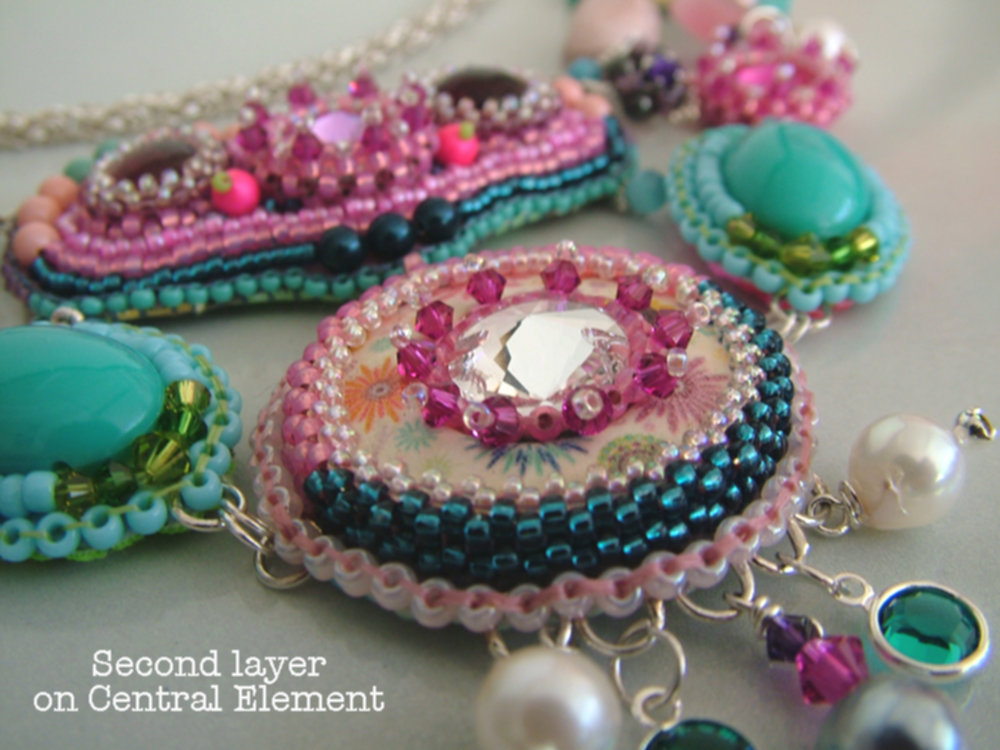
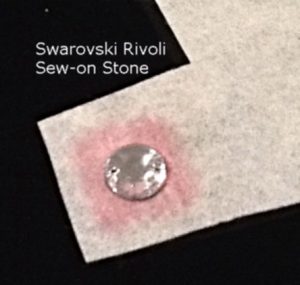 To create the upper layer (on top of the wooden button), I used a Swarovski round Sew-on Stone (clear crystal).
To create the upper layer (on top of the wooden button), I used a Swarovski round Sew-on Stone (clear crystal).
Prepare the Swarovski Sew-on Stone the same way as above with stiff stuff foundation.
I don’t want to bead bezel around as per normal. Rather, I will be working just a row of ladder stitches around the edge. First glue the stone onto the stiff stuff (avoid edges). And in this case, the stone can be sewn on as well – so it is extra secure. Trim around leaving edge enough for the ladder stitch edging.
Do the ladder edge stitching with seed beads. Then “top” that off with Swarovski 3mm XILION beads so that they “stand up”.
Once that is done, it can be sewn-attached to the bottom layer (wooden button). I added a dollop of E6000 glue right in the center just for added firmness.
For the backing of my beaded pieces, I love using colorful recycled fabric. I treat them with Lamifix which gives it a sealed finish. This pic here shows a scrap of (swimsuit) recycled new fabric scrap that has had this treatment.
Glue that as backing; avoid glue around egdes where you will be sewing. Cut backing to same size as the stiff stuff. Then it will be ready for the ladder stitch edging.
But wait just one moment …..
Now this is not always possible but wherever it is, it is a good idea to figure out where the connectors you will need are going to be. I am using (closed) Sterling Silver jump rings for connectors around the central element. And based on the initial layout drawings, I have some pretty good idea where I will be needing the connectors.
If you can figure out where the jump rings need to be, you can work them into the piece as you do the final ladder stitch edging around the element. It will give the piece a much more finished, professional look and make the requisite connections later much easier.
This photo shows what it looks like with some of the connectors / jump rings beaded around the edge.
Important: as you work the bead edging, you are capturing the jump rings between the beads and the [stiff stuff plus the treated fabric backing].
Tip: use CLOSED jump rings rather than open ones. That way, you can be sure that the thread will not disastrously “escape” the rings at some later stage.
Side Elements for Mix Media Jewelry
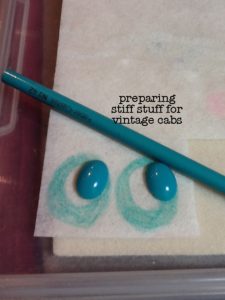
Using draft layout drawing, we can start with some of the side elements. Here I am using vintage (from 1950’s – 1960’s) plastic cabs. The process is pretty much the same as for bead bezeling as per above.
These vintage cabs are interesting. They are light and hollow. Better yet, they have 2 side holes which means you can sew the cabs directly onto the prepared stiff stuff before you begin bead bezeling.
When the bead bezel is complete, trim off the stiff stuff – leaving an excess edge for the ladder stitch edging.
Because these vintage cabs are hollow, I will need an additional thicker backing. For this I am using a layer foam (from recycling warehouse Reverse Garbage, NSW, Australia).
Trace around the edges of the cut stiff stuff. Then when you cut the foam layer, cut SMALLER than your drawn outline. This is because you do not want to have to sew through this. Rather it is meant as a firmer backing for the vintage cabs.
Glue the cut foam pieces to the back of the beaded bezel vintage cabs.
Do the same for the treated (Lamifix) fabric backing. However, trace and cut to exact size as the stiff stuff. You will be sewing through the stiff stuff and this fabric backing when you do the ladder stitch edging.
FYI: When you seal fabric with the iron-on Lamifix, you can either have the Lamifix on the right side or the wrong side of the fabric – depending on whether you want a sealed (plastic-like) finish on the outside or not.Unless there is a specific reason why you might want a fabric feel to your backing, I found that I actually prefer the plastic-like finish on the outside. It looks and feels more professional when I finish.
As with the central element, figure out the placement of the needed jump rings before doing the ladder stitch edging
Revise the Layout Again and Again
One of the core, recurring aspects of creating ad-hoc mix media jewelry is that it is virtually imperative to play, test, and revise the possible layout again and again. It is like an ongoing conversation with the emerging artwork.
Each layout may not, probably will not be the final version. But each variation gives your piece a chance to “talk” to you – in terms of whether the colors and shapes are working and it will whisper suggestions to you as to what, where, and how the next steps will proceed.
You can see from this photo that, when compared with my initial draft layouts, variations are already emerging.
For now, it “tells” me the next step is to do those Swarovski Rivolis (14mm, Fuchsia).
After I had made 2 beaded bezel with the Fuchsia Rivolis, it felt like I should have one with Swarovski Vitrail Light. After which, yet another variation emerged.
The beaded bezel Swarovski Fuchsia rivolis have to be set aside for the time being. Now it looks as if I will be using the Vitrail Light together with 2 pink quartz gemstones to make another combined element.
Your piece will “converse” with you via variations. Again & Again.
Play around with possible variations till you think you have the one that you are happy with (for now) .. and then you can move on.
Making the Compound Element
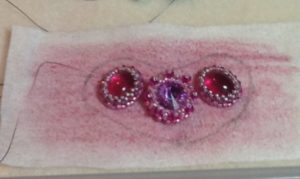
Draw the outline for the compound element on the prepared stiff stuff. Sew down the beaded Swarovski Vitrail Light rivoli (using the edging beads). Glue down the side quartz gemstones and bead bezel around.
Finish off the beading for the compound element. Trim off excess stiff stuff. Remember to leave enough edging for the final ladder stitch edging.
Since I want this compound element to have more body and firmness, I will be using a foam layer as part of its backing.
Trace around the trimmed stiff stuff. This foam backing is to be SMALLER so that I will not be sewing into it.
Tip: To make it much easier when cutting, draw another inner outline.
Cut along the inner lines.
You can see from this photo that the foam backing is slightly smaller than the stiff stuff. Glue the foam backing onto the stiff stuff.
Optional: for Increased Firmness
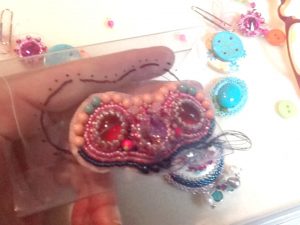
I felt that I would like this compound element to be much firmer and stronger. So using a (recycled) name badge which was made of strong stiff plastic, I cut out a piece to the size of the foam backing and glued that on as well.
Tip: I smoothed the edges of the stiff plastic with my Dremel.
Then as per normal, prepare the (Lamifix) treated fabric for the final backing. Remember that this is to be the same size as the stiff stuff as we will be ladder stitch bead edging through them both.
The Rest of making Wild Contessa mix media necklace
I have documented quite a lot of this long (multiple day) process. Now it peters off – the documenting, not the process. As a matter of fact, the “conversation” between you and your creation will increase at this stage as you try to pull the elements all together. You will find yourself testing & re-testing .. & re-testing again all the permutations that can go into the piece. This below shows but one of those myriad combinations that transpired before the final form emerged.
I have used BeadSmith Flex-Rite (49 Stran, Bronze & Gold) for the stringing.
Note: The BeadSmith Flex-Rite is very good for this. It is thin and yet strong enough. Best of all, it is flexible with no kinks.
Wild Contessa Necklace and Parts – photos
I don’t have more pics to show you in the repetitive permutations (try, take out, try, take out) … so here are photos of the finished mix media jewelry piece as well as finished component parts.
The chain is a re-purposed new, solid Sterling Silver bracelet chain in Byzantine weave.
Ad hoc arrangement of components and colors. Surrounded by Swarovski Gemcolor Pearls (4mm) with Neon Pink pearls (Swarovski). The connectors have done their part, making the joining easier and more integrated.
The vintage cabs look perfect (ok, yes, I love them!) They are connected to the compound element via 4mm cat eye beads. And via Sterling Silver rings to the central round (wooden button) component.
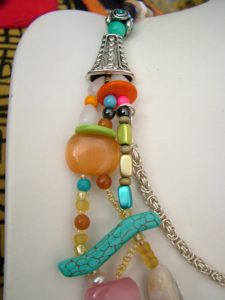
This photo shows a plethora of mixed components.
The bead cap – is a rectangular alloy (non-iron) embossed bead cap. I have further polished it with Gilders Paste (Silver) for a protective layering and to prevent tarnishing.
There are tear drop pale pink opals, colorful small buttons (orange & green), colourful Swarovski pearls, hemeatite beads, Adventurine beads, real turquoise beads, metallized rectangular beads (further protected with a layer of Dorland Wax Medium).
I am including this pic coz I am so pleased (& surpised) with it. This was a fortuitous combination. It is made of 2 glass (turquoise) beads (4mm) and a Rhodium Plated Pandora-style slider bead. They look perfect together as if they were just one element. I love it when things come together and look better than I had expected 😀
The rest of the chain (to the back) is made of oval wooden beads (dark brown and light) plus 6mm hand-carved bone beads.
This shows the back of the piece. Each fabric piece has been sealed and treated. Though it is not clear from this photo, there is a sealed shinny finish to them.
I hope you have enjoyed this sojourn into the play of mix media with me. Now I will trundel off and contemplate making a matching set of Wild Contessa earrings for this piece or go with my inner voices that are insistently whispering new designs and ideas to try out.
Please feel free to say hello or give me some feedback .. or whatever. You can also sign up for the free newsletter. I only send them out whenever I have new articles. Sometimes I am good and you hear from me a bit more often, sometimes … well, it may not be that often. But at least I won’t annoy you with endless emails all the time!! 😀
